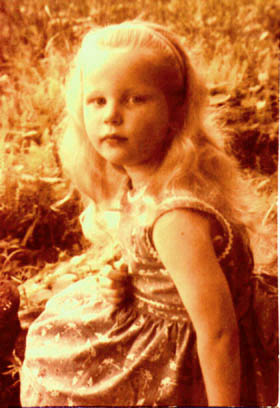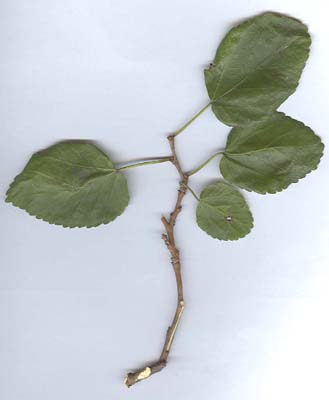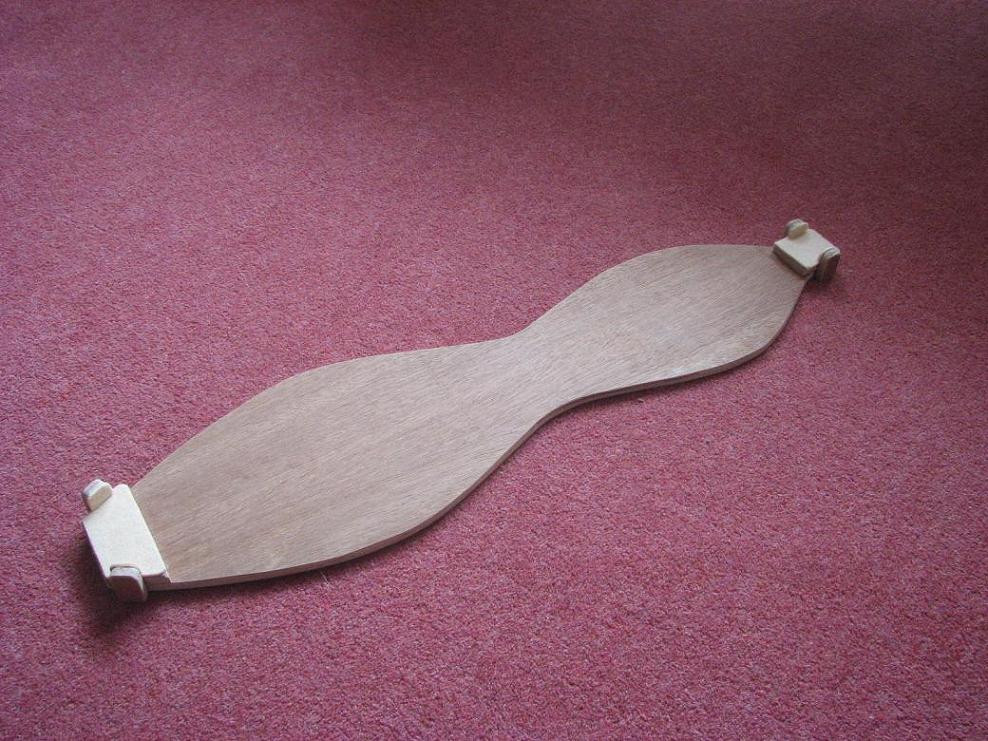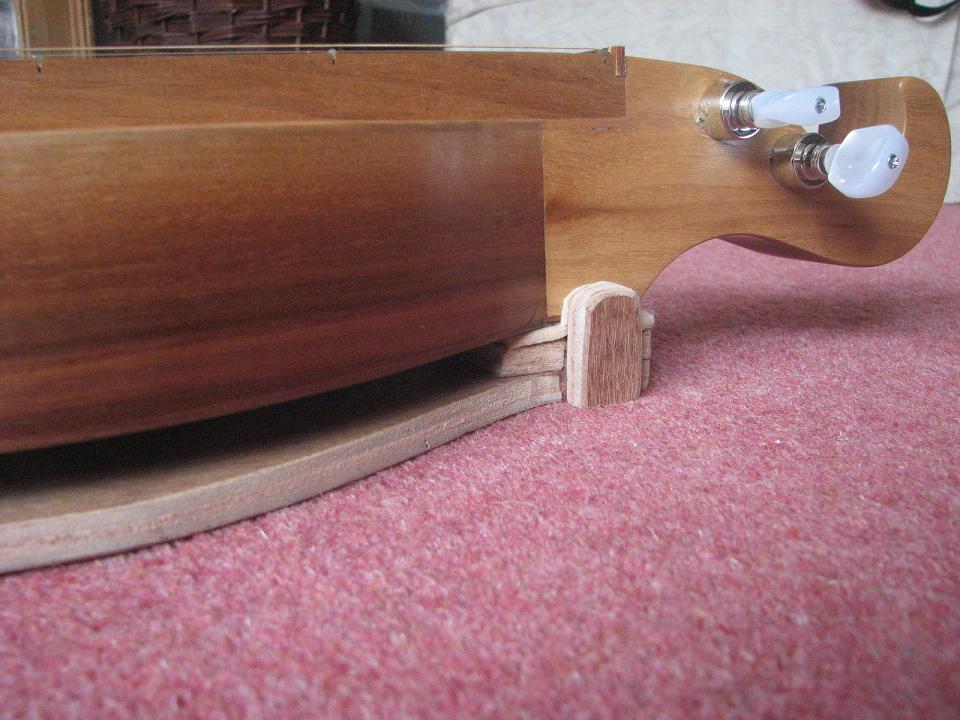purpose of design features on a MD
Instruments- discuss specific features, luthiers, instrument problems & questions
Howdy folks. The one-year anniversary of the purchase of my first and only dulcimer is fast approaching, and since it appears the dulcimer is going to "stick" with me, I am already considering a second dulcimer. There are so many decent builders out there it is intimidating, but there are also a variety of design features the purpose of which is not clear to me. Please help.
a double back : My understanding is that the false or double back just lifts the "real" back off your lap so that it can vibrate better and provide more volume. Is that correct? I play with a strap around my lower back and the dulcimer tilted up slightly, not vertical like a guitar, but not fully horizontal either. So when I play the bottom is raised partly anyway. With that physical approach, would a double back accomplish anything?
a scalloped fretboard : I may be using this term incorrectly. On a guitar, a scalloped fretboard is one in which the fretboard in between each fret is scooped out so that you finger the string but don't actually press it against the wood. But I think the term is used with dulcimers to refer to a style of attaching the fretboard to the soundboard not continuously, but at regular intervals like a series of arch bridges, so that the fretboard sits above the soundboard, as in this Nicolas Hambas Concert Grand: http://www.hambasdulcimers.com/MOUNTAIN.html . What is the purpose of that feature? Does it allow more vibration of the soundboard? Does it allow sound to come out from under the fretboard? I think I saw one dulcimer that had no visible soundholes, for the holes were "hidden" underneath the scalopped fretboard. What exactly is the purpose of a scalopped fretboard?
a zero fret : I may not have sufficient understanding of physics, or maybe myears just aren'tthat discriminating, but what exactly is the purpose of the zero fret? I think I read somewhere that a zero fret allows more precise intonation than using the nut. I don't understand why that would be the case, but is that correct?
binding : most guitars have some kind of binding along the edges of the instrument, but few dulcimers do. Is this merely cosmetic? I can't think of any potential effect on the sound, but a couple of luthiers offer binding as an option.
finish : some luthiers use a lot of lacquer and create a really shiny finish. My current dulcimer was not treated in such a way. As a result, it probably gets dirtier faster, but I would think that lacquer would restrict the vibration of the wood, so you would get a clearer and maybe louder sound if the dulcimer did not have a lacquer finish. Am I on the right track?
VSL : I've heard people with small hands request shorter VSL. But what are the advantages of a longer VSL? Does a longer VSL increase the playability (is that a word?) higher up the fretboard?
Finally, this is where I think I am headed with my next dulcimer. Please scream and yell if my choices seem ridiculous. I expect to get a dulcimer with a softwood top (western red cedar or sitka spruce) and a hardwood everything else (perhaps quilted maple because I like the look). It will be a six-string with the octave on the bass string. I am hoping to get a fuller sound out of my dulcimer and think the double strings will help. And I expect to add the 1+ and 8+ frets. I can see no reason save for tradition's sake not to add those extra frets. I play chord/melody style so I don't have to worry about sliding my noter over those extra frets.
I understand we all have personal tastes, but I just want to make sure I am not going to order some kind of disaster instrument that I'll never play. And there are other variables (tuners, for example) that I haven't mentioned. If you think of any other important variables I should be considering, let me know.
Much thanks in advance.
D.T.
updated by @dusty: 07/31/23 10:38:16PM







